Issue:
September 2021
Artists seek to revitalize kogei amid decline in Japanese craft tradition
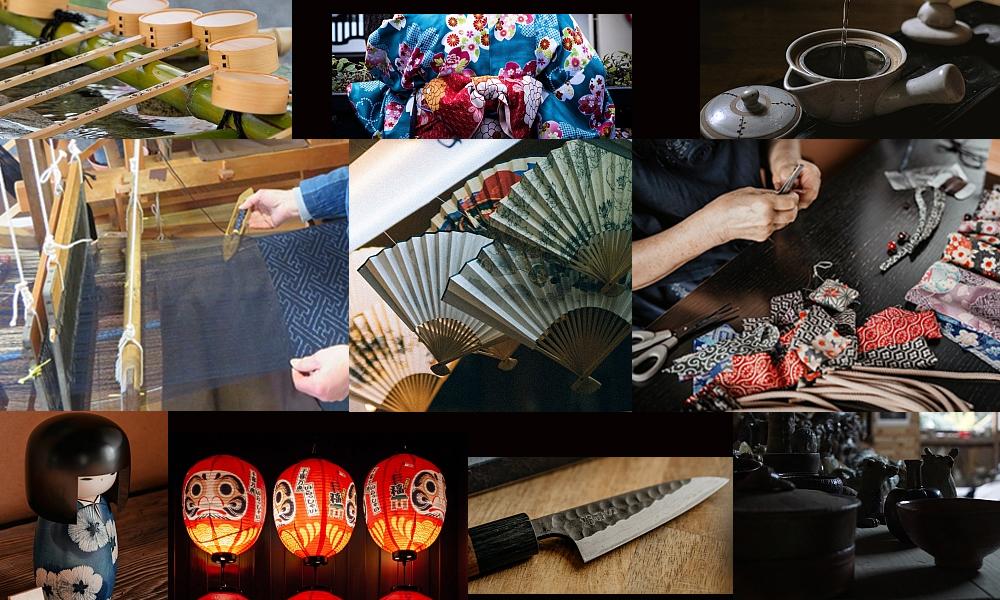
The high quality of Japanese craftsmanship is world-renowned. Kogei crafts – items that are both functional and artistic – often involve complicated processes that require years to learn and master. At least 200 different crafts are recognized as kogei, but many are at risk, as master craftspeople age and successors are not trained. What has caused this situation? Is there any hope that these amazing skills and products can survive?
That question was foremost in the minds of four experts who took part in a Deep Dive discussion at the Club in July.
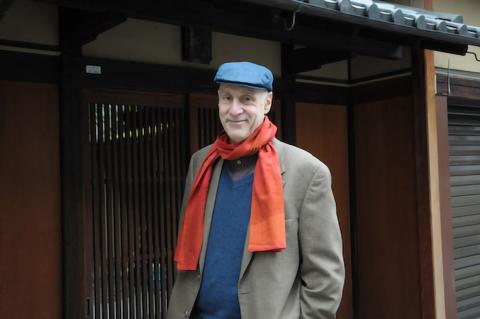
Steve Beimel, a Kyoto-based Californian who has been in Japan since the early 1970s, offered some metrics to highlight the current decline of Japan’s craft tradition. When he arrived in Japan, there were more than 300,000 certified craftspeople contributing to craft production in Japan. Now, 50 years later, there are fewer than 50,000, and most of those are aged over 50. Japan’s craft tradition is literally dying out.
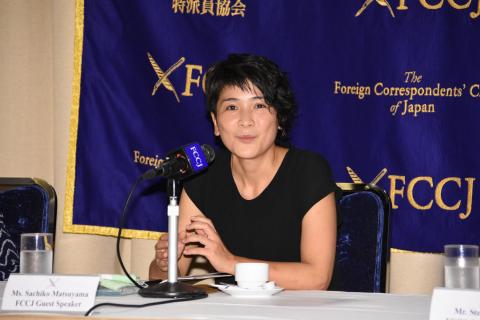
Sachiko Matsuyama, a social entrepreneur working to revitalize Japan’s craft culture, noted that preservation of the ecosystem of craft production is essential. Many crafts require input from multiple craftspeople, each specializing in their own particular aspect of the process. Matsuyama observed that if one element disappears, the entire system will break down.
As an example, Matsuyama introduced one of her current projects, Kogei no Mori (Craft Forest), a literal “forest” of urushi (lacquer) trees she is involved with planting and caring for. Urushi lacquerware was once a major element of Japanese kogei craft, but there has been a significant drop in the use of urushi in modern times. Matsuyama noted that before 1850, about 2,000 tons of urushi was produced and used in Japan annually. Forty years ago, that had dropped to 500 tons. By 2018, it was 36 tons and in 2019, 30 tons, just 1.5% of 19th century usage. Without the local product, craftspeople must rely on lower quality imports.
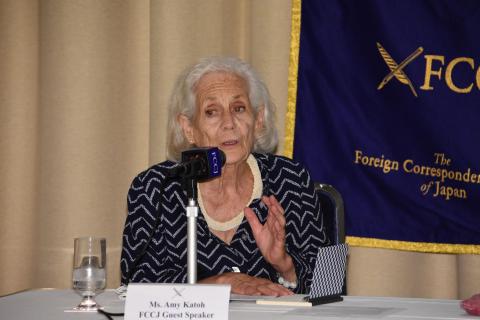
Some lacquer products once in common use have been replaced by plastic as 21st century lifestyles have become more oriented to disposability. But as Amy Kato, owner of Blue and White and a long-time advocate of Japanese tradition crafts, pointed out, there is something to be said for the enduring quality of, for example, a lacquerware lunchbox. Alas, many people these days never have the opportunity to even consider spending more on an artistic yet durable item that they can enjoy for many years rather than buying something cheap that is quickly thrown away.
Matsuyama’s Kogei no Mori project takes a “cradle to cradle” approach, ensuring the entire production chain. Not only does the project sponsor cultivation of the urushi trees, it will also harvest the lacquer sap – a process similar to tapping rubber tree – and support its refinement and use to make and repair both traditional items and modern ones.
One popular modern use for Japanese urushi has been as a surfboard coating. Tom Wegener, a surfing legend famous for revitalizing the wooden surfboard, has been participating in a surfboard project using Japanese paulownia wood and urushi lacquer. A 2019 documentary entitled “Beyond Tradition” details the project.
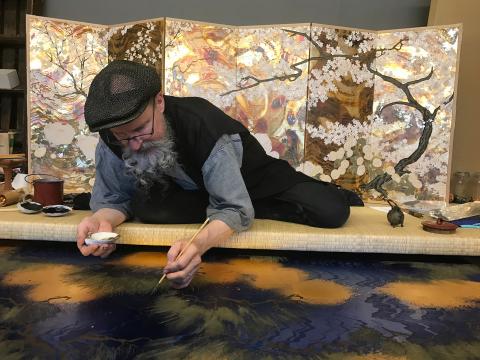
Nihonga artist Allan West, another transplant from the U.S., also emphasized the problem of “supply chain breakdown”, the damage to traditional craft production caused when one element in a production process ceases to exist. In his case, the paints used to produce Nihonga art works need animal protein to bind them, but the last producer of the necessary protein in Japan has gone out of business. This threatened the entire process of Nihonga production, until a viable modern substitute was found.
Sometimes the craft production process has been its own worst enemy, with traditionalists unwilling to consolidate processes or production steps, their resistance threatening the entire production chain. Kato suggested it may be helpful to adopt Matsuyama’s cradle to cradle approach, enabling craftspeople to work as a team with broader knowledge and skills or even combining some steps where possible. Beimel noted that some craftspeople have already begun to work together in this way.
In other cases, craftspeople have been unwilling to teach their skill to others for fear that the production technology will be stolen, as many believe happened in the 18th century, when Japanese porcelain techniques began to be used in Europe to produce Meissen porcelains.
Although there was a period when young people were not interested in learning these traditional skills, Allen observed that recently traditional crafts have taken on an exoticism that has piqued the interest of more young people. As they learn the skills and become more adept, these young craftspeople are also willing to branch out, applying the traditional techniques to new and different products, similar to the urushi surfboard. This evolution of the products of traditional craft skills will be especially important for the survival of those skills.
Beimel reiterated the increasing interest among young people in acquiring traditional skills, noting that one of his recent projects, Shinmachiya-juku, teaching wood joinery construction and other advanced traditional building skills, has proven very popular, enabling those interested to master in 12 to 18 months skills that would take 12 to 18 years to acquire through the more traditional master-apprentice arrangement.
Another impediment to craftspeople taking on apprentices has been the reduced demand for the craft items. There simply isn’t enough work for both the master and the apprentice. A significant cause of this appears to be the fact that modern people have little opportunity develop an appreciation of the value traditionally produced items can add to their lives. The panelists agreed that most people readily recognize quality and value once they’ve been exposed to kogei-hin.
It seems that the more consumers can be introduced to items produced using traditional methods, the more likely they are to love and want them. There remains the challenge of how to do this in the modern world when most craftspeople, while highly expert in their craft, don’t understand marketing or self-promotion. Perhaps what is needed is marketing specialists willing to brand Japanese traditional crafts as luxury items and promote them as such.
The discussion ended with Allen noting that traditional craft and the skills that produce them are essential to our humanity. We owe it to ourselves to support and preserve them.
See the full video at https://youtu.be/KShdw1BpykU
Vicki L. Beyer is a freelance writer, a kanji on the 2021 FCCJ Board, and a professor in the Hitotsubashi University Graduate School of Law Business Law Department.

